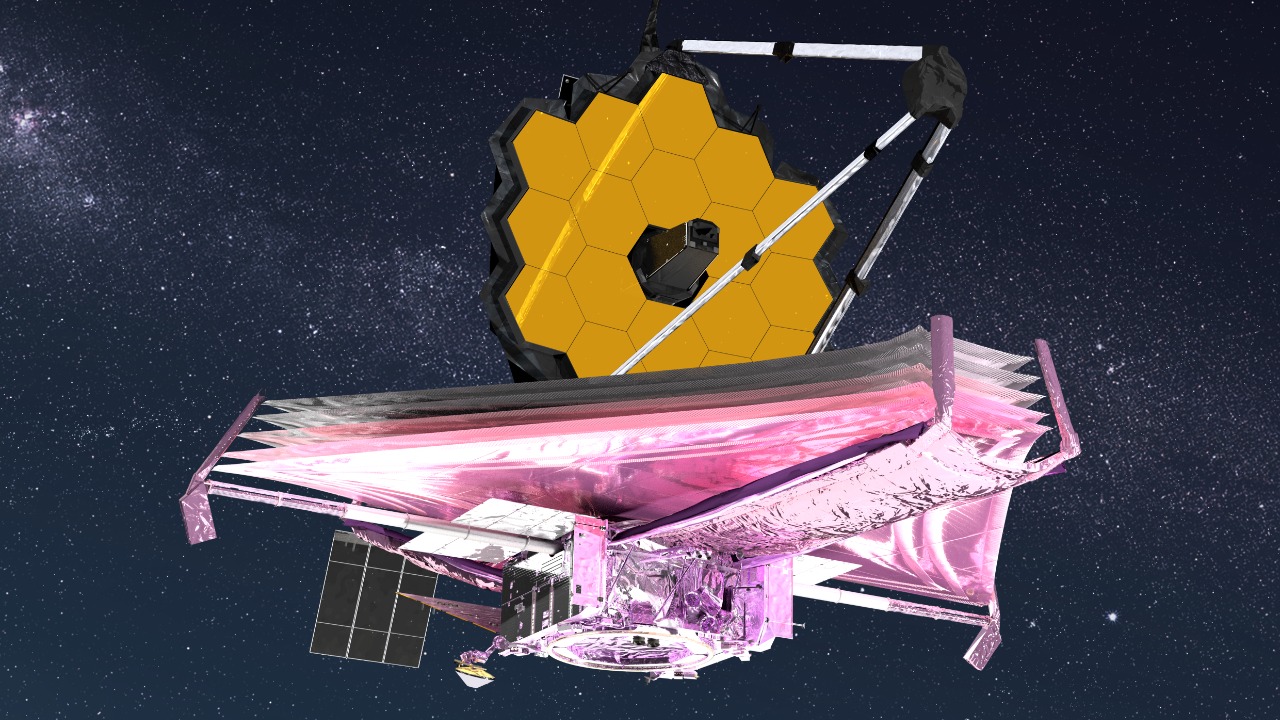
In a groundbreaking discovery, the James Webb Space Telescope (JWST) has detected frozen ingredients of life in a distant galaxy. This first-of-its-kind observation has revealed the presence of complex organic molecules in interstellar ice, far beyond our Milky Way. This revelation comes on the heels of several other significant discoveries, including the detection of oxygen in the most distant known galaxy and hints of life on the exoplanet K2-18b, suggesting that the precursors to biology may be more widespread in the universe than previously thought.
The JWST’s Groundbreaking Observation
The JWST’s advanced spectroscopy has made it possible to detect frozen ingredients of life in a distant galaxy, a feat reported on November 10, 2025. This unprecedented discovery has left astronomers astounded as it has identified complex molecules in interstellar ice environments. The observation was made possible by the JWST’s infrared capabilities, which allowed scientists to peer into obscured regions of the distant galaxy, revealing the presence of these life-essential molecules. Notebookcheck provides an in-depth look at this groundbreaking observation.
Key Ingredients for Life Identified
The frozen organic compounds detected include potential precursors like methanol and formaldehyde in the interstellar ice. These molecules represent building blocks essential for life’s chemistry, tying into the October 21, 2025, finding of similar structures around a forming star. Eurasia Review reported on this significant discovery. Water ice, identified as a host medium for these ingredients in the distant galaxy, further underscores the significance of this finding.
The Target: A Distant Galaxy Under Scrutiny
The distant galaxy, observed at a redshift indicating billions of light-years away, is where JWST captured the life’s ingredients. This galaxy is compared to the most distant known galaxy from the March 20, 2025, report, which featured oxygen detection via ALMA and ESO. Newsweek covered this discovery. The galaxy’s environment, including star-forming regions that harbor the detected ices, is also a subject of interest for astronomers.
Connections to Earlier Cosmic Discoveries
The JADES survey played a crucial role in identifying oxygen in the most distant known galaxy on March 20, 2025, surprising astronomers with early universe chemistry. In addition, promising hints of life on the distant planet K2-18b were detected through atmospheric analysis on April 17, 2025. BBC News reported on this significant finding. These discoveries, along with the October 21, 2025, discovery of building blocks of life in ice around a forming star in a neighboring galaxy, are all interconnected, painting a broader picture of the universe’s potential for life.
Implications for the Origins of Life
The detection of life’s ingredients in a distant galaxy by JWST on November 9, 2025, suggests panspermia or universal biogenesis processes. Parallels with the frozen ingredients on K2-18b and in neighboring galaxy ices indicate that life’s building blocks form early in cosmic history. These findings could potentially reshape models of habitable zones beyond our solar system, expanding our understanding of where life could exist.
Expert Reactions and Scientific Surprise
Astronomers have expressed their astonishment at JWST’s detection of frozen ingredients of life, as covered in the November 10, 2025, report. The oxygen find in the most distant galaxy, as per the March 20, 2025, article on ALMA and ESO observations, also took the scientific community by surprise. The promising biosignatures detected on K2-18b in April 2025 have further fueled optimism among scientists about the potential for life beyond Earth.
Future Directions for JWST and Beyond
Following the November 2025 discovery, planned follow-up observations with JWST will further explore the distant galaxy’s ice chemistry. Integrations with ALMA and ESO data from the JADES survey are proposed to study oxygen and organics in extreme distances. There is also anticipation for expanded searches for life’s ingredients in neighboring galaxies and exoplanets like K2-18b, opening up new frontiers in the search for extraterrestrial life.
More from MorningOverview